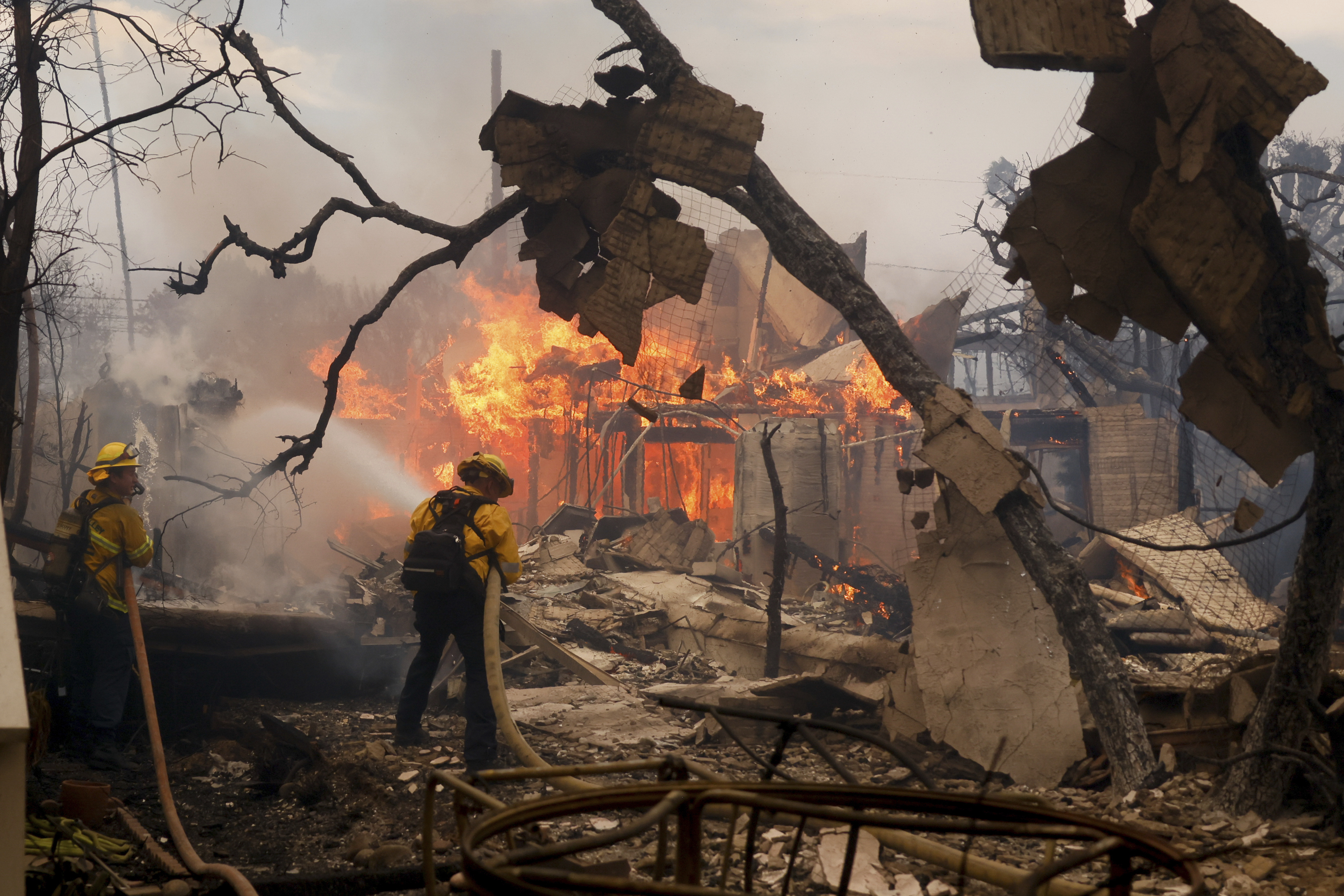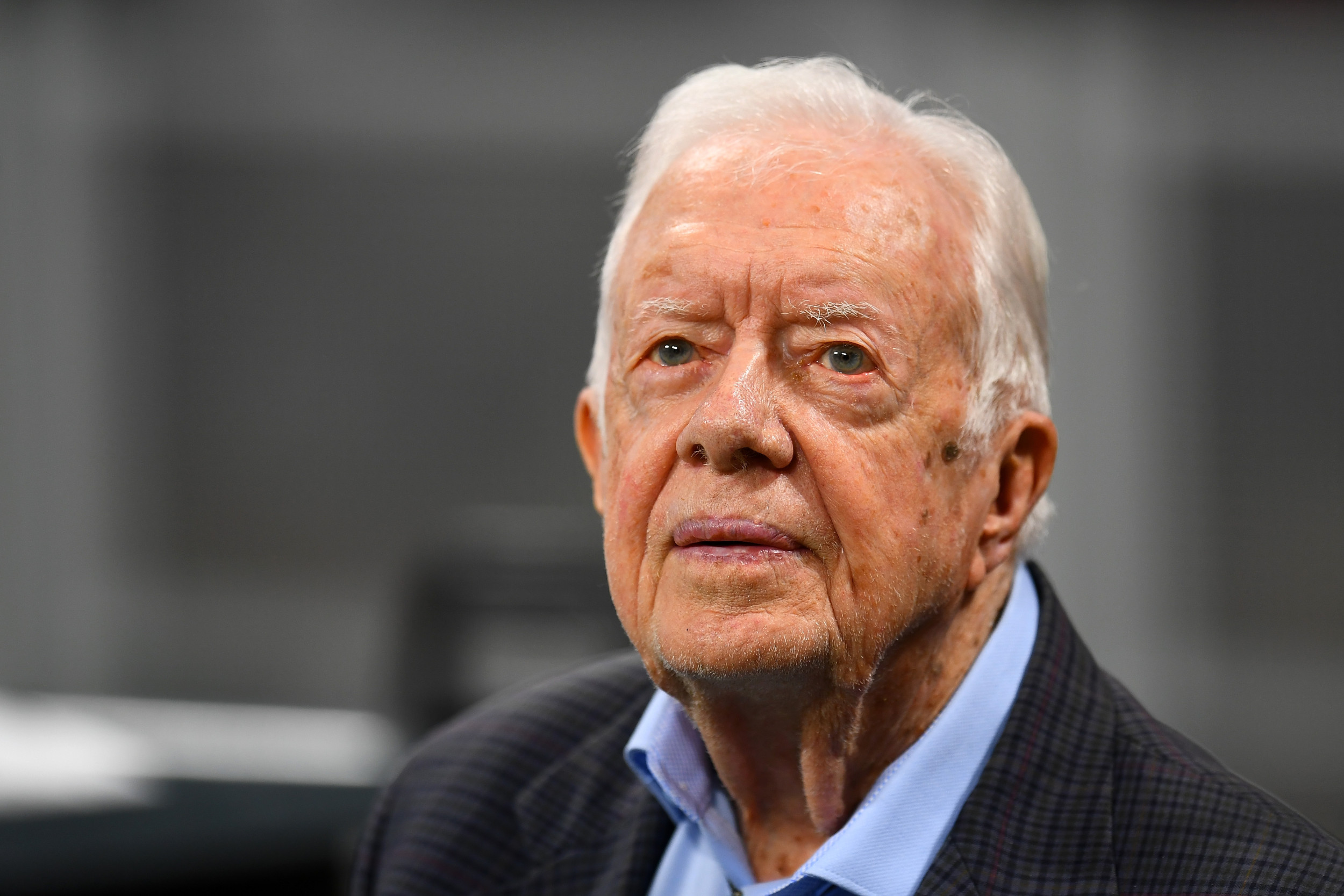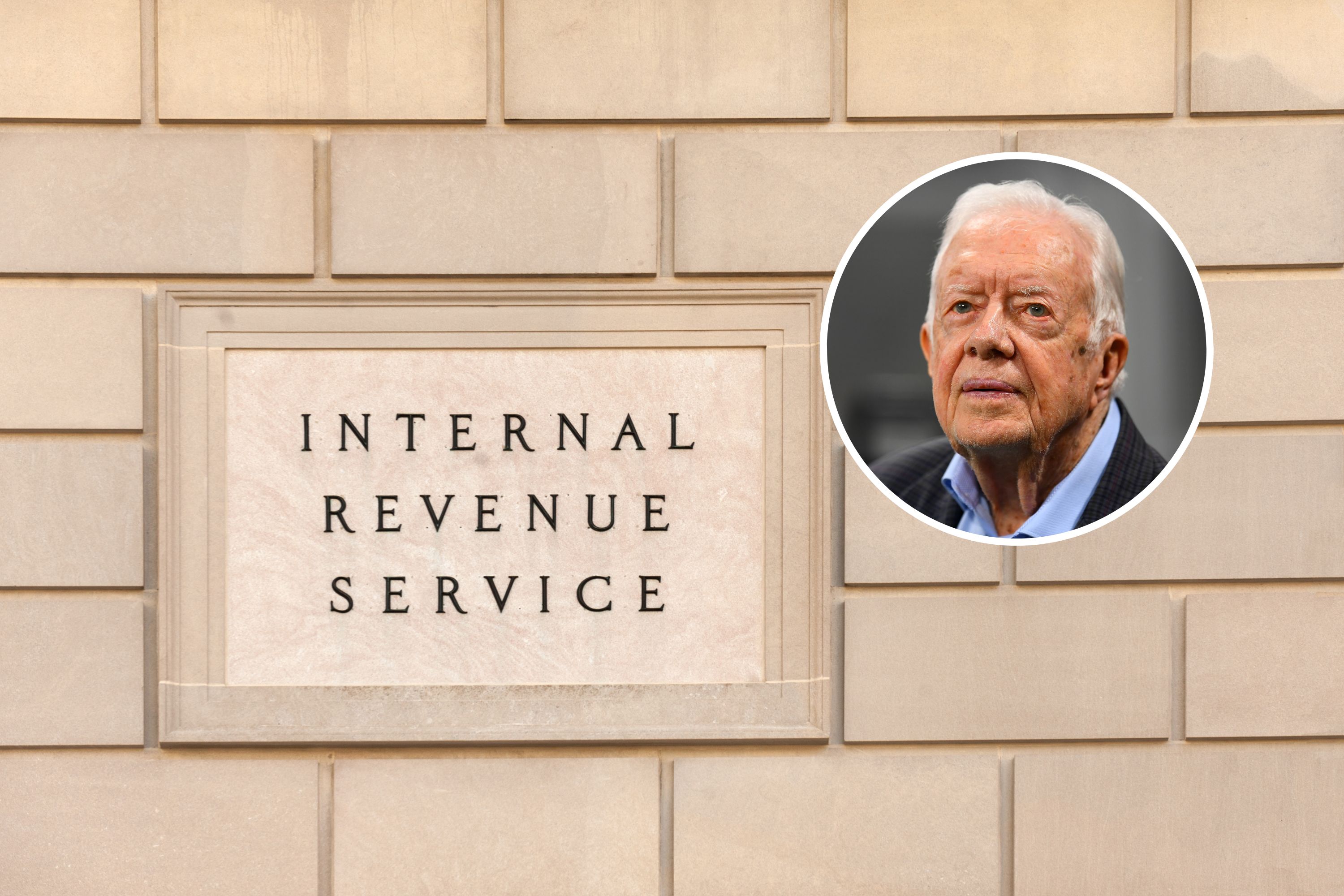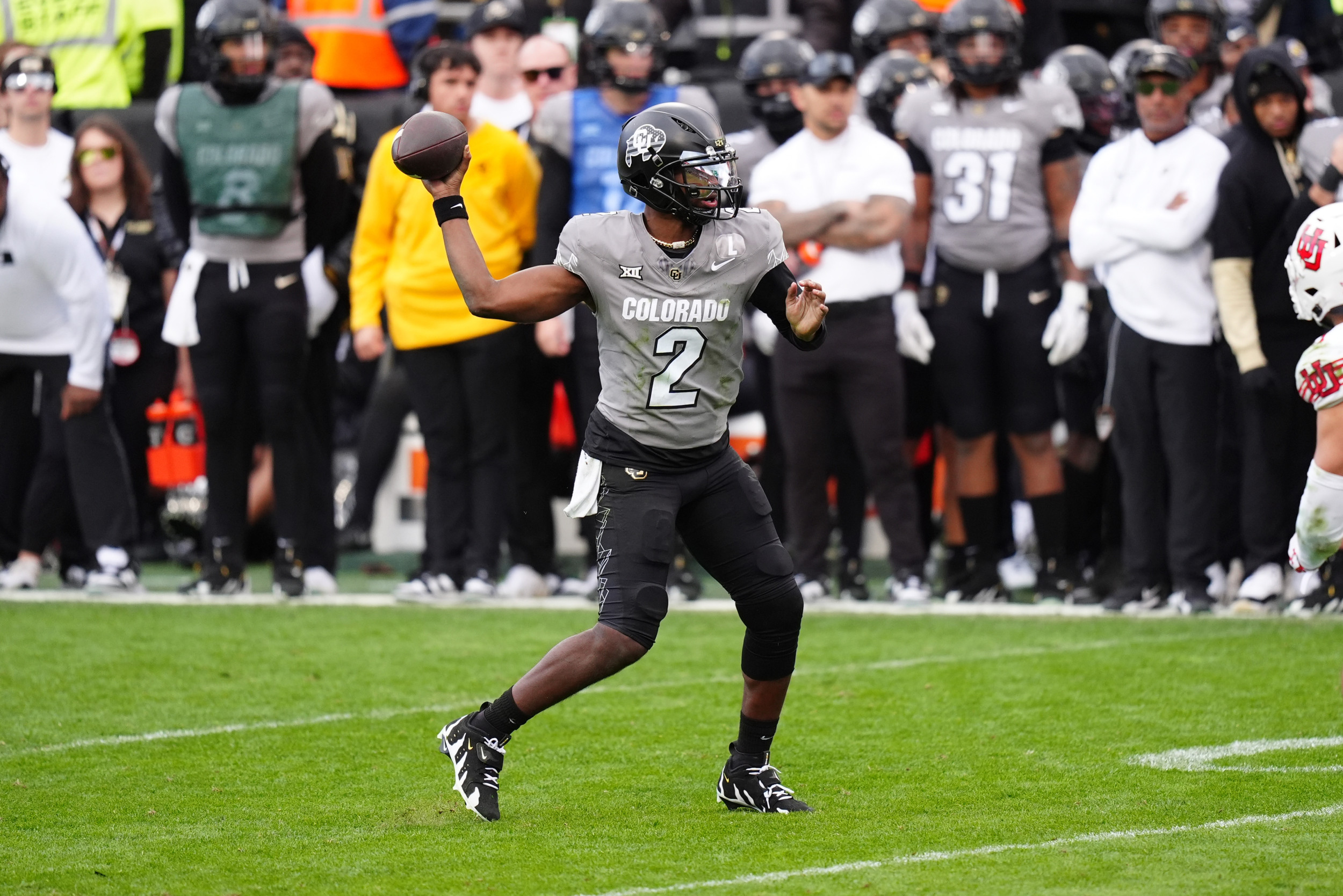New research shows that tuition has fallen at many public colleges while tuition increases at private colleges have slowed after climbing for years.
Why It Matters
Americans owe roughly $1.6 trillion in student loans as of June 2024, according to the Pew Research Center. Pew chalked this number up to a greater amount of young adults attending college and the increased cost of college. While there's no debate that college is expensive, it might not be as expensive as people think, according to new data.
What To Know
New data collected by the nonprofit College Board showed that public college students are paying less in tuition than they did 10 years ago and while private college students are still paying more, the rate at which their tuition is rising is much slower.
Public College Tutition
The average student attending an in-state public college in 2025 will pay $11,610 in tuition, down 4 percent from 10 years ago when inflation is taken into account, according to College Board's data. After grants and financial aid, tuition numbers were down 40 percent over the past decade at $2,480 from $4,140 annually, the data shows.

The decrease in tuition costs means a drop in student loans. Just under 50 percent of students attending in-state public colleges are graduating with some debt, College Board figures show. This number is down from 59 percent 10 years ago, according to the data. Meanwhile, borrowers have an average loan balance of 17 percent less than a decade ago at $27,100.
Private College Tuition
Tuition at private colleges averages $43,350, up 4 percent in the past 10 years, when inflation is taken into account, College Board data shows. This is vastly different from 20 years ago when tuition climbed 68 percent.
What People Are Saying
Jennifer Ma, an executive research scientist at the College Board and lead author of the study, told The Associated Press (AP) that the COVID-19 pandemic has been a large factor in tuition reductions.
"We know that during COVID, a lot of institutions—public and private—froze tuition," she said.
Federal and state governments increased higher education funding in response to the pandemic, which allowed colleges to reduce their tuition costs, according to Ma. However, some of that funding has now expired.
Kai Mattinson, a senior at Northern Arizona University, told the AP: "I originally wanted to go to the University of Arizona, but when it came down to tuition and other cost, Northern Arizona University was the best option."
Mark Becker, the president of the Association of Public and Land-grant Universities, told the AP: "Institutional efforts to control costs, combined with many states' efforts to increase investments in public universities and federal investment in the Pell Grant, have increased college affordability and enabled significant progress on tackling student debt."
What Happens Next
About $180 billion in student loans were forgiven for almost five million Americans during President Joe Biden's administration. President-elect Donald Trump has criticized the Biden administration's loan forgiveness efforts, leaving uncertainty for future loan forgiveness.
This article includes reporting from The Associated Press.




















 English (US) ·
English (US) ·